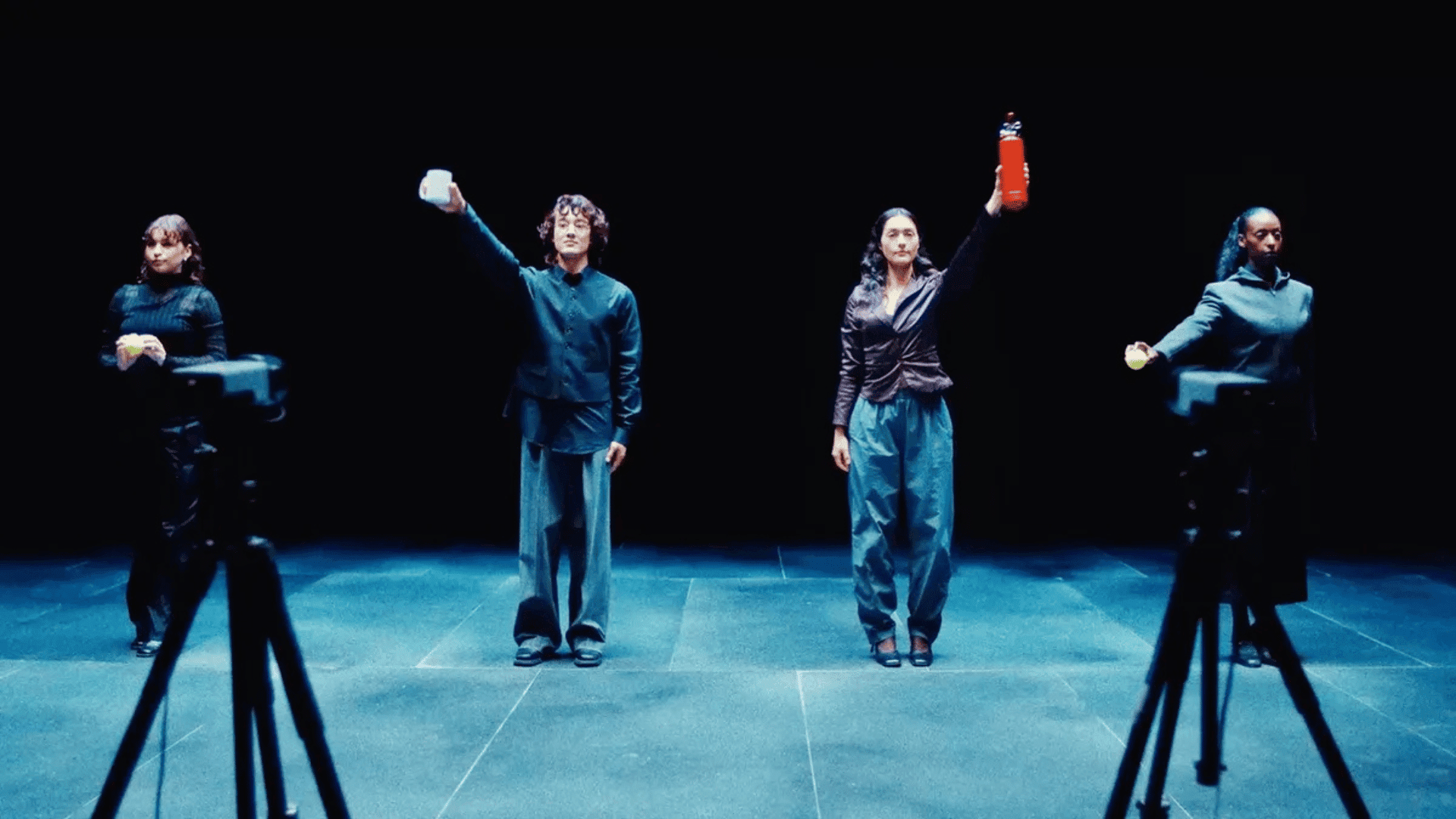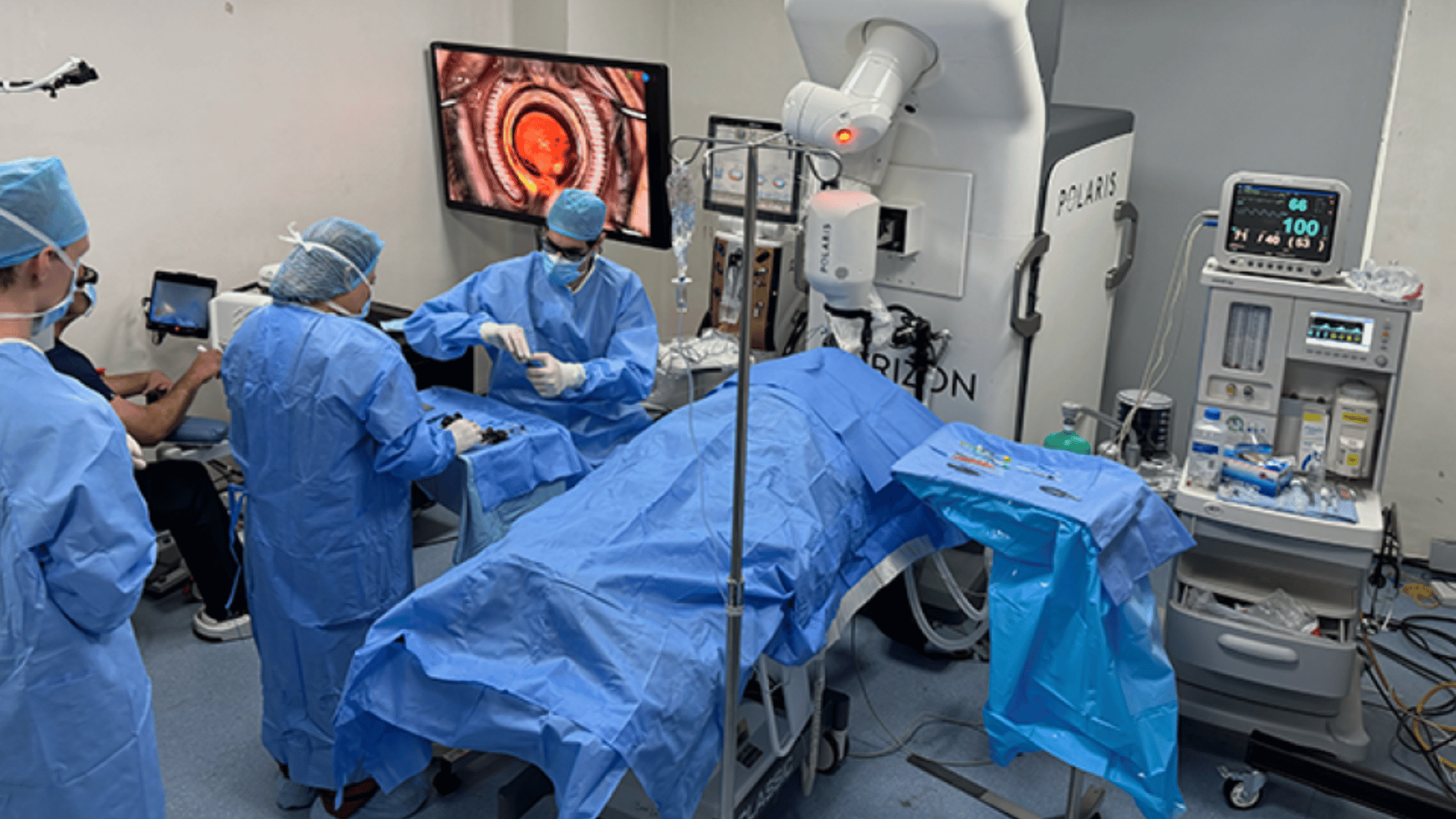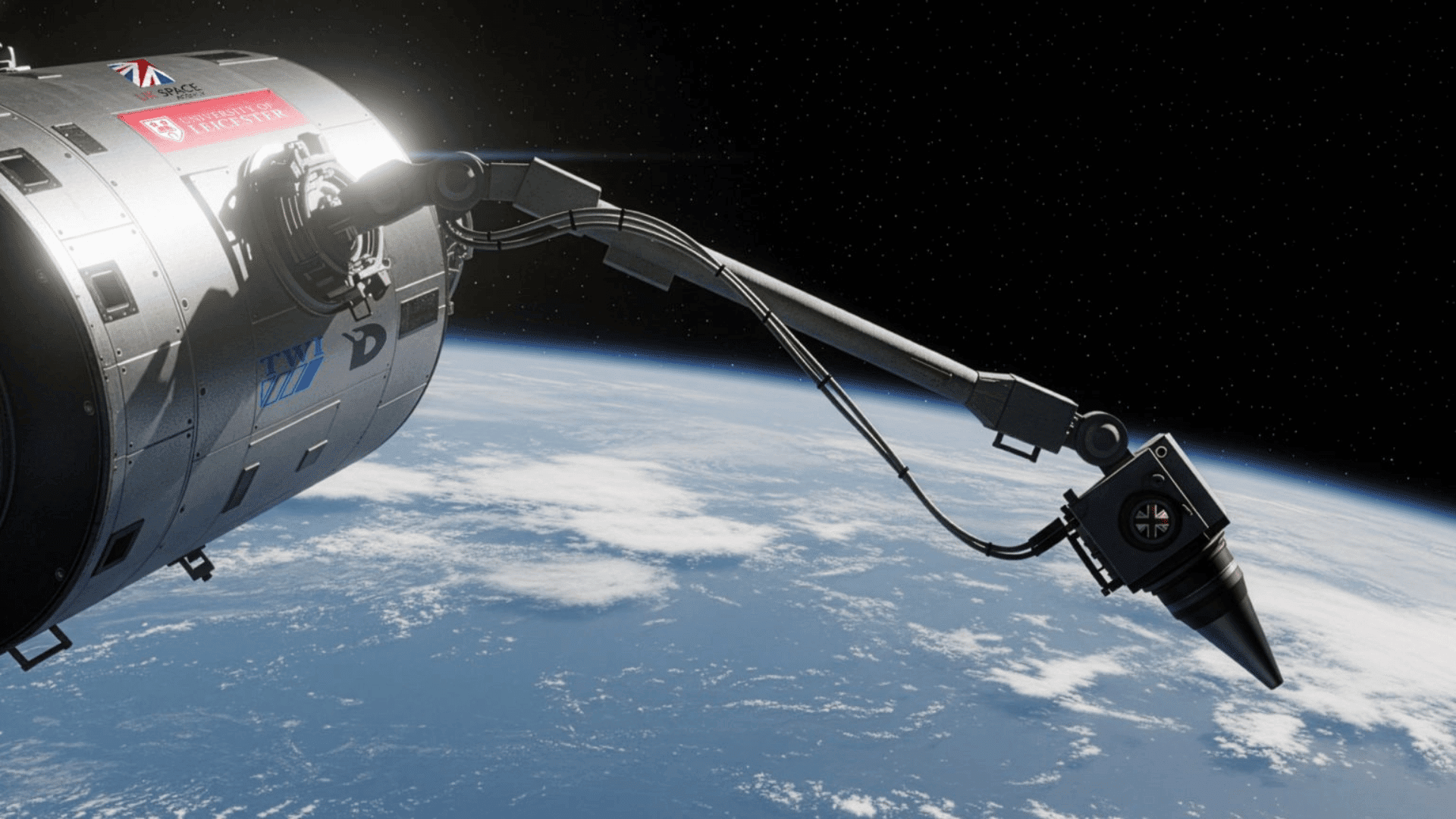Engineers have transformed artificial intelligence (AI) powered surveillance cameras into an orchestra. Not only did this produce unique music, but it also has implications for the capabilities of security cameras.
AI-Powered Orchestra

Conducted by Axis Communications, a Swedish technology company and a global industry leader in video surveillance, the experiment created music using everyday items such as a tennis ball, a fire extinguisher, and a mug.
As demand for intelligent video surveillance systems rises, a leading figure in this industry, Axis Communications, decided to experiment with its AI-powered video surveillance technologies. They decided to recreate Strauss’s iconic music with only their AI-powered video surveillance cameras and a small team of performers.
This test demonstrates how their AI-based analytics, paired with high-performance cameras and speakers, can be trained to identify items and trigger a variety of responses in real-time. The experiment, called the Object Detection Orchestra, turned objects into musical triggers that were held up to the camera by performers.
Axis Communications’ engineers arranged the camera screens into zones that could detect the objects as they passed through them. When the objects were detected in specific zones within the camera’s field, an MQTT signal (a lightweight method for machines to send information to one another) was sent to a MIDI system (a musical instrument digital interface) that plays a corresponding sound.
Four performers operated four cameras connected to a computer and a live mixer. Swedish musical producer Jonas Quant, who has worked with Kylie Minogue and No Doubt, created the arrangement for this classical piece with an unusual twist.
Representing the world’s first video surveillance camera orchestra, the system could empower customizable detection and automated responses. This could reduce manual workload and empower decision-making, making it particularly useful in sectors such as manufacturing, retail, healthcare, infrastructure, and logistics.







